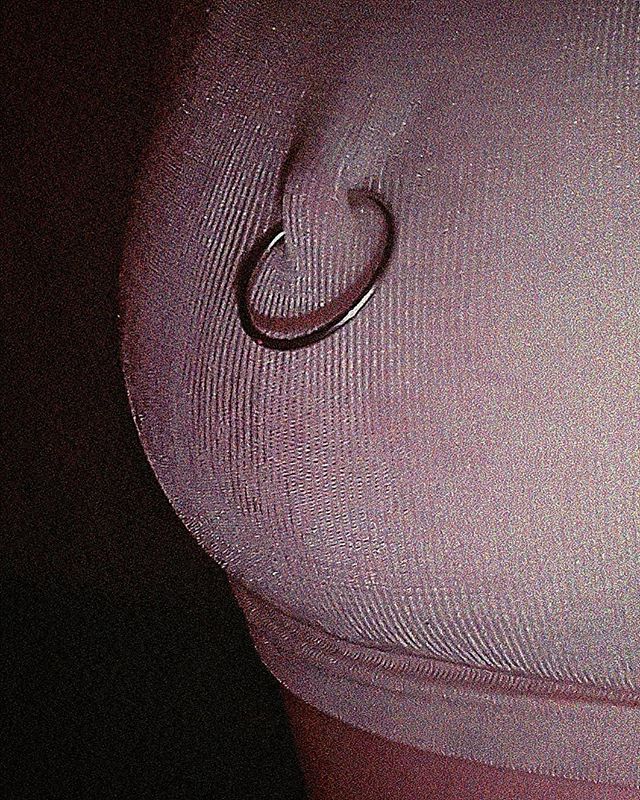Uncomfortable close-ups of body parts. Eyes, mouths and female genitalia. Netted faces and feet. Blood and blown out imagery. The mysterious photographer simply known as Sasha invites her audience to take pleasure in imagery that is disturbing in its voyeuristic emotion.

Little is known about Sasha. Only that she is an upcoming photographer from St. Petersburg in Russia and that she is relatively new to image creation. Sasha’s images are repulsively beautiful, pulling her viewers in, letting them question why these images were created and who her equally mysterious, nameless models are. Her images remind one of the perverse hidden fantasies of some sadist’s private archive.

Image production and choice of subject matter have evolved since the digital age, and it appears that many artists are narrowing in on the seemingly unseen or untapped aspects of the same subject matter. Approaching the body in different ways. Beauty glazed in blood is definitely an internet trend that has risen in the past year or so. More and more photographers seem to be drawn towards that which is uncomfortable, lensing into existence disturbing imagery that internet kids eat up and regurgitate onto their own social media personas. It’s like the dark age of Tumblr nihilism all over again (for some more creepy content like this check out photographer Sad Avery). Instead of nihilist memes we have nihilist photography.

“I am fond of capturing details because it is what people fail to see. They see the whole picture without paying attention to some little things of great significance. I have an obsession with depersonalization problems as I suppose a face has lost its importance as an art object. I want my pictures to convey that problem of depersonalization in the world where nobody cares about individuals but everybody is obsessed with same looks. In the near future I want to gain real skill and artistry, among other things in fulfilling what I want to say, but as for now my work is much more about idea than performing.”

This new mode of producing faceless work is a shift towards depersonalization of image maker and model in a world of over sharing (also see Ben Zank). Faceless depersonalized work lends anonymity to the parties involved so that they can freely partake in disturbing, sometimes sadistic in its appearance, image creation. Sasha’s imagery is in short, really scary, and a rupture in what can traditionally be considered a subject matter of note. Then again it can be argued that photographing anything is to lend it importance (Sontag 1977).










